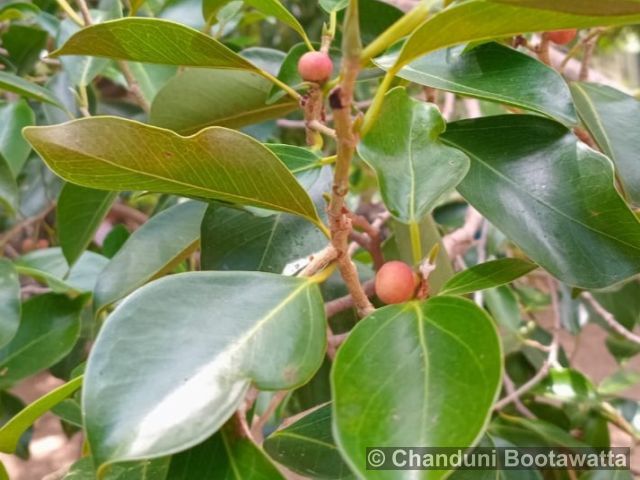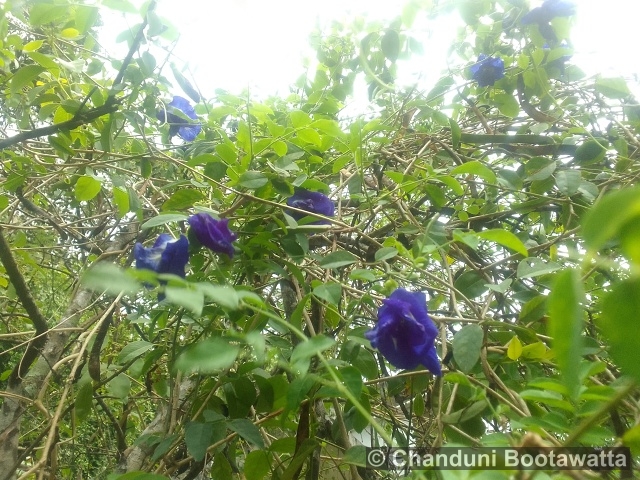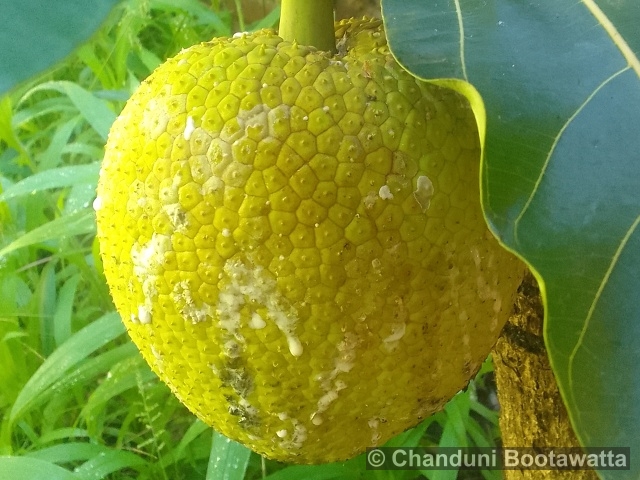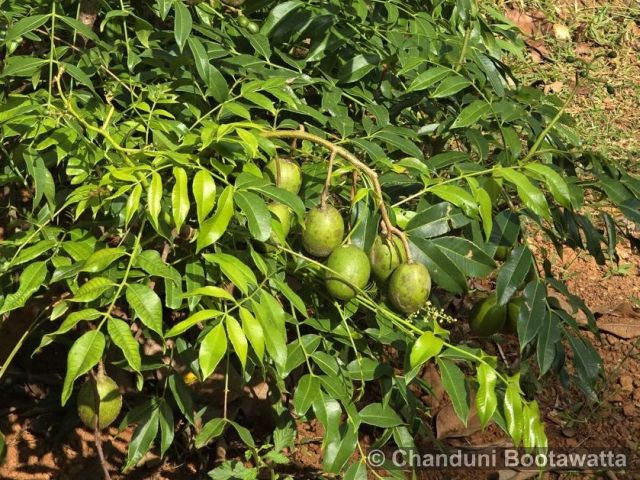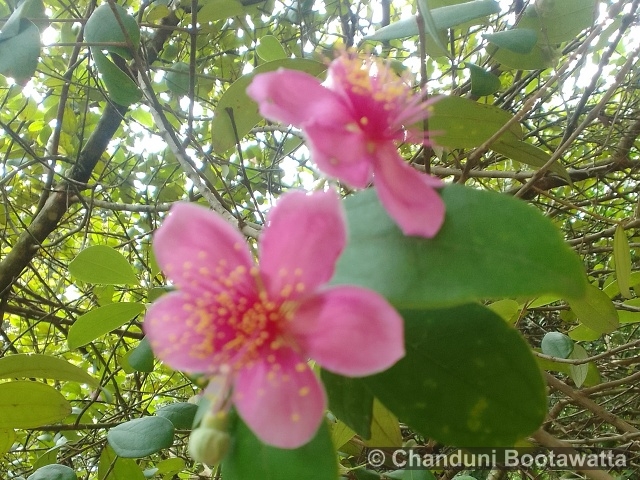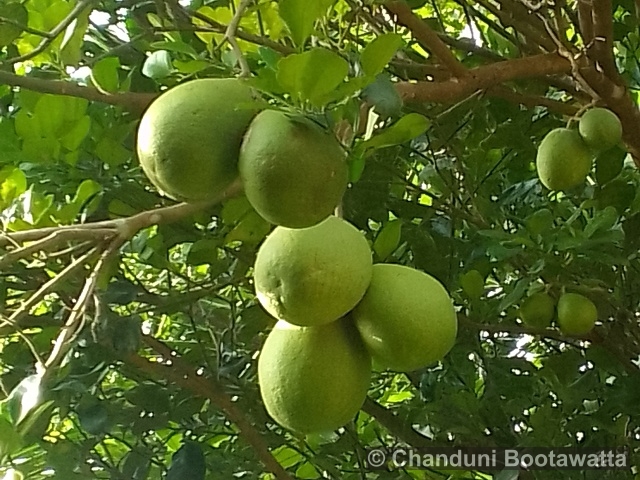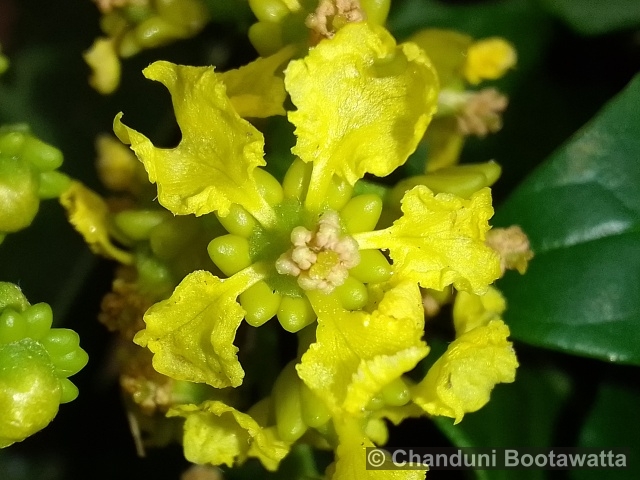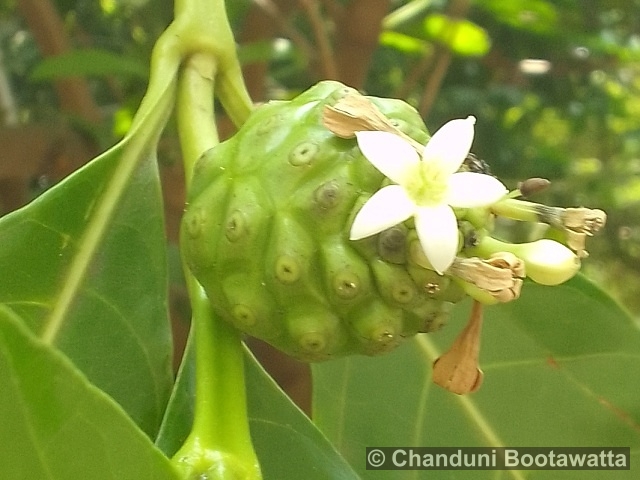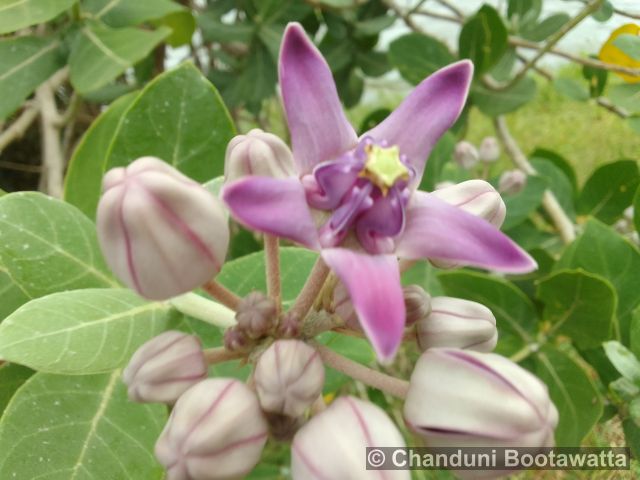Tento příspěvek byl přečten302krát!
Grenadelle
Family: Passifloraceae
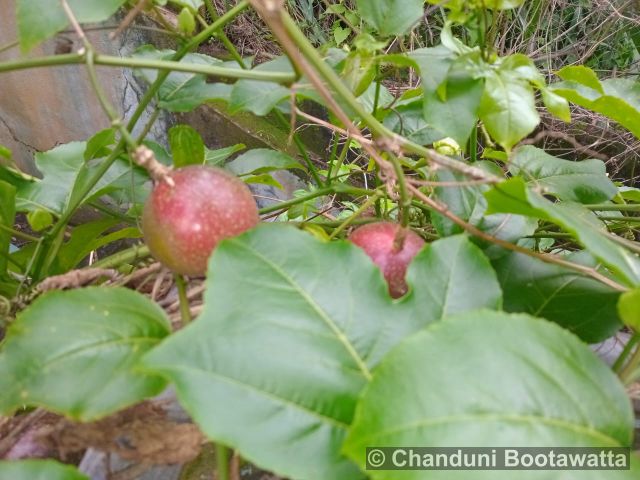
Description: The plant produces striking flowers with purple and white hues, characterized by their intricate structures and distinctive corona filaments. The leaves are lobed, glossy, and deep green, often with a smooth texture. The fruits are round or oval, with a tough, wrinkled rind that can be purple or yellow when ripe. Inside, the fruit contains juicy, aromatic pulp filled with numerous seeds. The plant has a woody stem that allows it to climb and spread across surfaces.
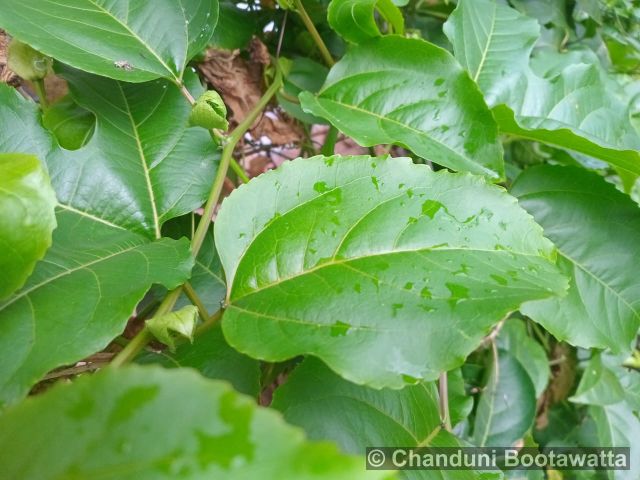
Substitutions – Passiflora edulis var. edulis (Purple Passion Fruit): This variety produces smaller fruits with a dark purple rind. It is often preferred for its intense flavor and is typically grown in cooler, subtropical climates. – Passiflora edulis var. flavicarpa (Yellow Passion Fruit): Known for its larger, yellow-skinned fruits, this variety has a slightly more acidic taste and is better suited to tropical climates.
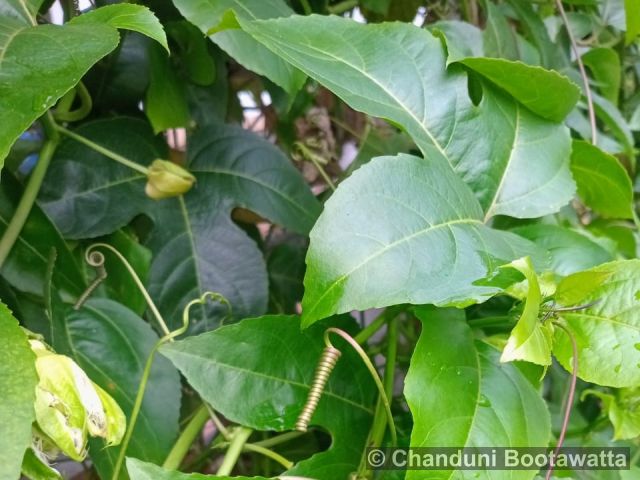
Ecology: Thrives in well-drained, fertile loamy or sandy soils with a pH of 5.5 to 6.5. It prefers warm, tropical to subtropical climates with temperatures between 20°C to 30°C, full sunlight, and consistent moisture. The plant should be protected from strong winds and frost.
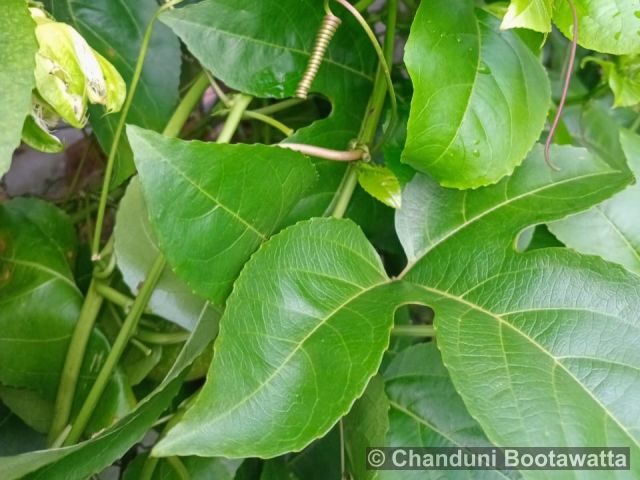
General distribution: Widely distributed across tropical and subtropical regions worldwide, particularly in South America, Africa, Southeast Asia, and Australia
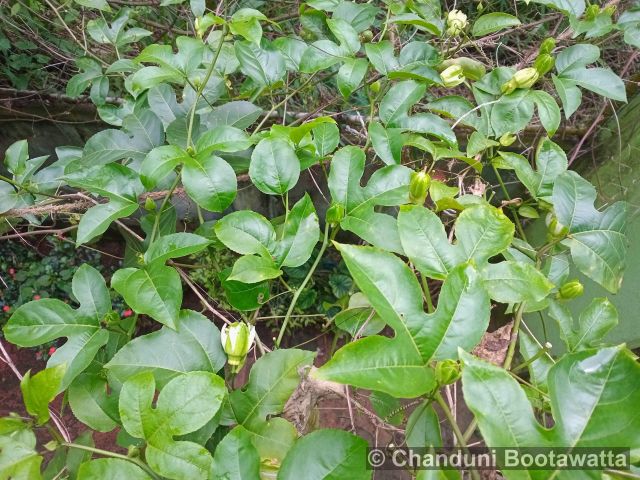
Use: Passion fruit is widely used in beverages, desserts, and culinary dishes, prized for its sweet-tart flavor. Additionally, it has traditional medicinal uses, including treating anxiety and insomnia.
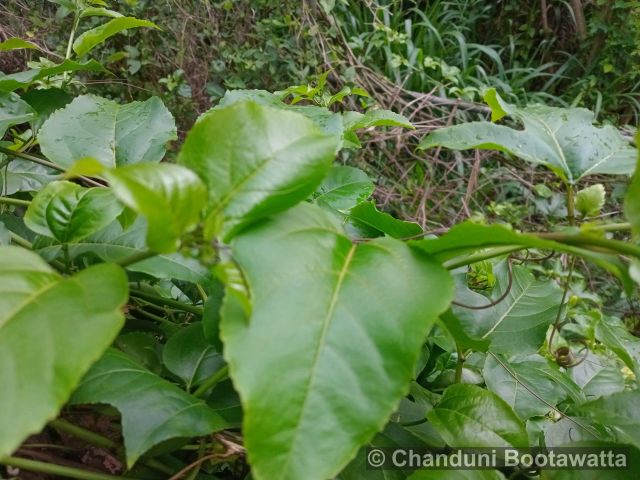
Author of text and photos: Chanduni Bootawatta.
Photographed in Matale, Sri Lanka on 21/08/2024.



 Poslat emailem
Poslat emailem